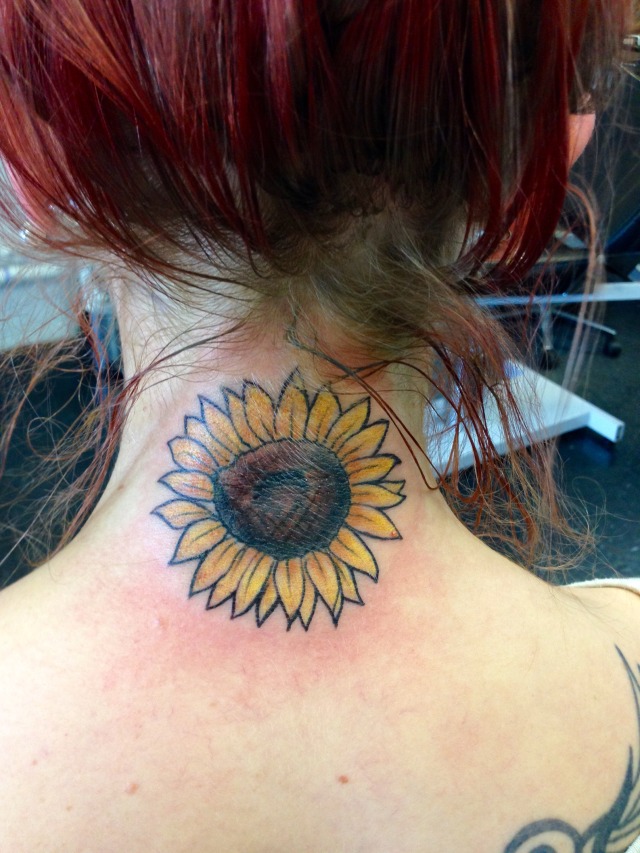

The legibility and impact of a tactile graphic depend on the author’s grasp of practices for conveying information by touch. Tactile graphic design is an art of transformation: what appeals to the eye may be cluttered and chaotic to the fingertips. I answered this inquiry with some leads to braille textbook publishers who make maps, but I soon started to wonder: What should blind people do when they want a tactile graphic that doesn’t yet exist? Why had I seen more tactile graphics as a child, in textbooks, than at any other time since? What would need to happen to create a straightforward path, navigable by any blind or low-vision person, between feeling curious about a given image and having a tactile version of the image in hand?

In 2016, a blind patron new to New York City called me up with a simple request: he wanted a map of the five boroughs, showing their shapes, relative locations, and sizes. Textual descriptions of items like these, if they contain all the information in the original image, are painfully verbose and frequently fail to deliver pertinent insights with the precision of an image. It’s important to experience a stock chart, a circuit diagram, or a map as intended-that is to say, as an image. Although alt text-the description of images online-allows content authors to describe important visuals, the adage that “a picture is worth a thousand words” falls flat when only words are available. In an era when lectures, business presentations, news, and entertainment are almost always delivered with rich, often interactive visuals, those of us who are blind usually find ourselves relegated to a text-only experience. While these technologies form a bedrock of access crucial to information literacy for blind and low-vision people, they primarily address one specific type of information: text. If you think about blind people’s access to content, it’s likely that a few things come to mind: the development and evolution of braille, the availability of text-to-speech and braille output for onscreen content, and the need for accessible websites and apps that conform to guidelines for screen-reading software. As the assistive technology coordinator at the library, I help patrons use accessible tech to pursue their goals: job hunting, reading printed mail with computer vision, using wayfinding apps to travel independently, and more. The equipment I used to make our floor plans and my subsequent drawings-a high-tech graphics embosser and a simple tactile “blackboard”-is part of the Dimensions Lab at the New York Public Library’s Andrew Heiskell Braille and Talking Book Library, a place where anyone (blind, sighted, or somewhere in between) can learn to make tactile graphics and 3D models that blind and low-vision people can perceive by touch.

It’s a commonplace story, except for one key factor: I’m blind, and I’ve made it my mission to ensure that blind New Yorkers (including me) can create and explore images. Soon I was drawing my own concepts, iterating on his and working toward a shared vision of the home we eventually designed. So my husband taught me a few key architectural symbols (like the one that shows which way a door will swing) and started printing floor plans.
#Euphoria tattoo ideas how to#
We began talking through our ideas about how to arrange each detail, from an open kitchen to bathroom fixtures, but before long we realized that imprecise language was slowing us down and annoying us both. In 2020, in the midst of pandemic lockdown, my husband and I bought a house in Brooklyn and decided to reimagine and rebuild the interior.


 0 kommentar(er)
0 kommentar(er)
